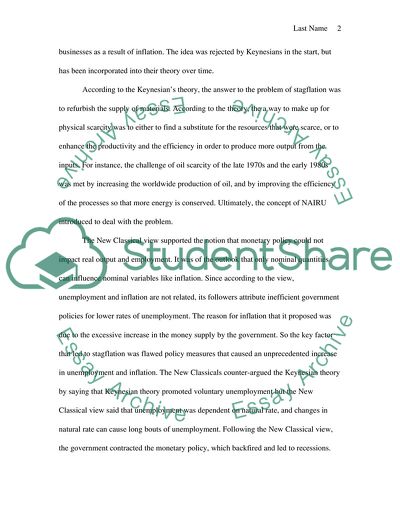Cite this document
(“The New Classical and Keynesian's Theory of Monetary Policy Coursework”, n.d.)
The New Classical and Keynesian's Theory of Monetary Policy Coursework. Retrieved from https://studentshare.org/macro-microeconomics/1739151-macro-economics
The New Classical and Keynesian's Theory of Monetary Policy Coursework. Retrieved from https://studentshare.org/macro-microeconomics/1739151-macro-economics
(The New Classical and Keynesian'S Theory of Monetary Policy Coursework)
The New Classical and Keynesian'S Theory of Monetary Policy Coursework. https://studentshare.org/macro-microeconomics/1739151-macro-economics.
The New Classical and Keynesian'S Theory of Monetary Policy Coursework. https://studentshare.org/macro-microeconomics/1739151-macro-economics.
“The New Classical and Keynesian'S Theory of Monetary Policy Coursework”, n.d. https://studentshare.org/macro-microeconomics/1739151-macro-economics.


